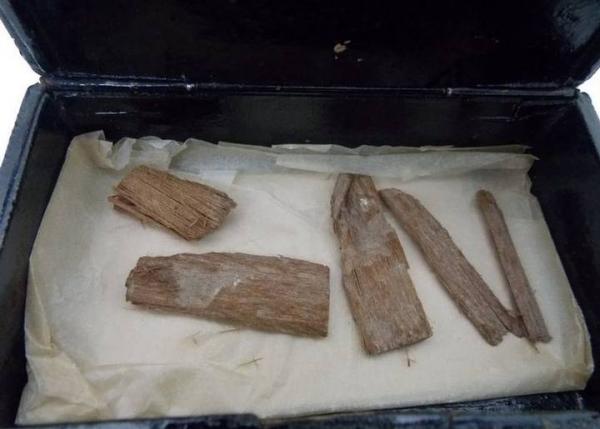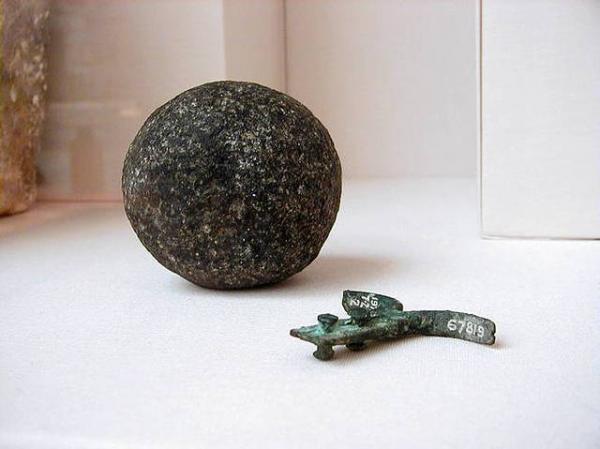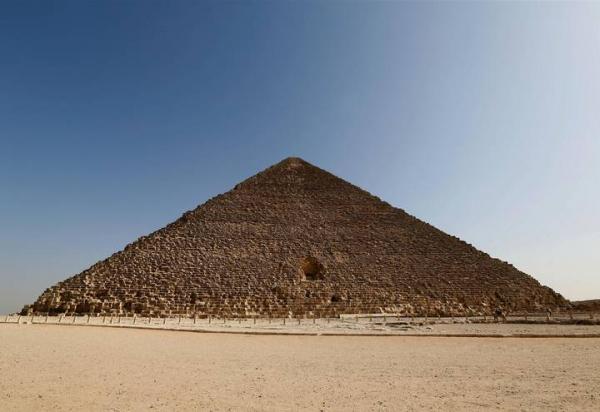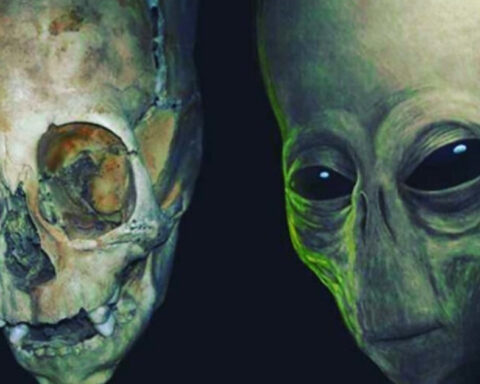The object’s antiquity even pushes back the official date of construction of the Great Pyramid of Giza by half a century. A staff member at the University of Aberdeen, who was examining a series when he bumped into him, made the finding completely by chance.
A 5,000-year-old fragment of wood has been divided into many parts, which is highly important given where it came from: the interior of Egypt’s Great Pyramid. Engineer Waynman Dixon first discovered the object in 1872 while exploring the Queen’s Chamber at the famous monument. It was later donated to a research center in 1946, but was later destroyed.

According to some Egyptologists, the cedar piece was used in the construction of the pyramid thousands of years ago. Relic of Dixon The discovery was made by Abeer Eladany, a research assistant at the aforementioned Scottish university, while reviewing papers in the Asia series.
Eladany, who is Egyptian and employed for ten years at the Egyptian Museum in Cairo, used cross-references to make sure it was the one they were looking for. When I checked the numbers in our Egyptian archives, I immediately recognized what it was, and that it had been mistakenly placed in the wrong collection, he explained.

I’m an archaeologist who has worked on excavations in Egypt, but I never imagined I’d find something so significant for my own country’s history here in northeastern Scotland. It may be only a small fragment of wood that has now been split into many parts, but it is important because it is one of only three elements found from the Great Pyramid’s interior, he explained.
Waynman Dixon once discovered a ball and a hook, which are now on display at the British Museum in London, but the piece of wood was missing.

Eladany clarified that the university’s archives are large, with hundreds of thousands of documents, so finding it has been like searching for a needle in a haystack. When I saw what was inside that plain-looking cigar can, I couldn’t believe my eyes. The dating of the rediscovered cedar fragment was postponed due to the constraints enforced to avoid the spread of covid19.
An earlier version of the Great Pyramid This is said to support the hypothesis that the so-called Dixon fossils, regardless of what they were used for, date back to the Fourth Egyptian Dynasty and are not modern-day objects left by people who experimented with cameras. However, the pyramid’s dating is also unexpected because historical documents show that it was constructed about 500 years back.
They prove that the pyramid is much older than we thought, according to Neil Curtis, head of the University of Aberdeen’s Museums and Special Collections.
This may be that the date refers to the age of the log, which may have come from the heart of a long-lived tree.
That may also be attributed to the scarcity of trees in ancient Egypt, which meant that wood was rare, valuable, and recycled or cared for for a long time. Curtis suggests that historians will now question its purpose and the likelihood of it being intentionally buried, as occurred later in the New Kingdom when pharaohs sought to stress consistency with the past by burying antiques with them.
Curtis predicted that this discovery would reignite interest in Dixon’s relics and how they might shed light on the Great Pyramid.






